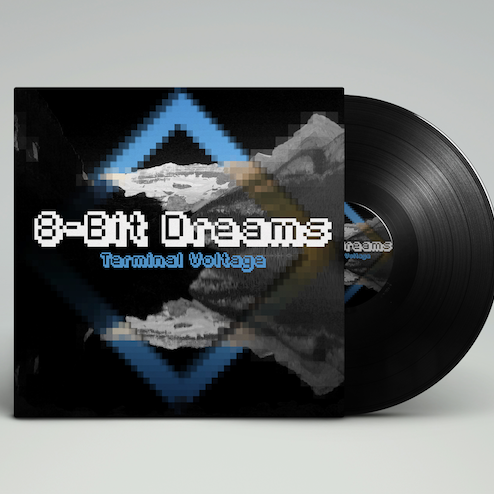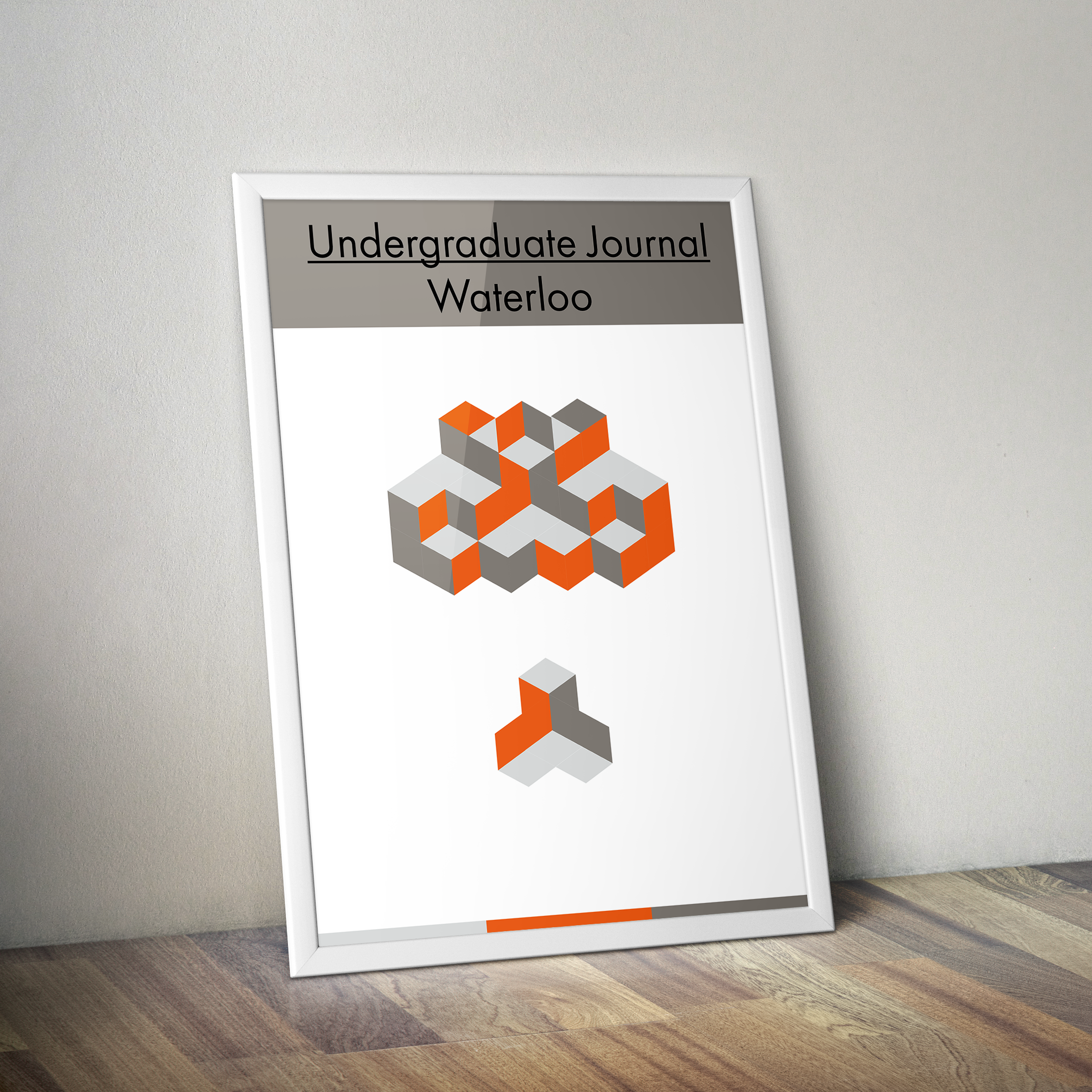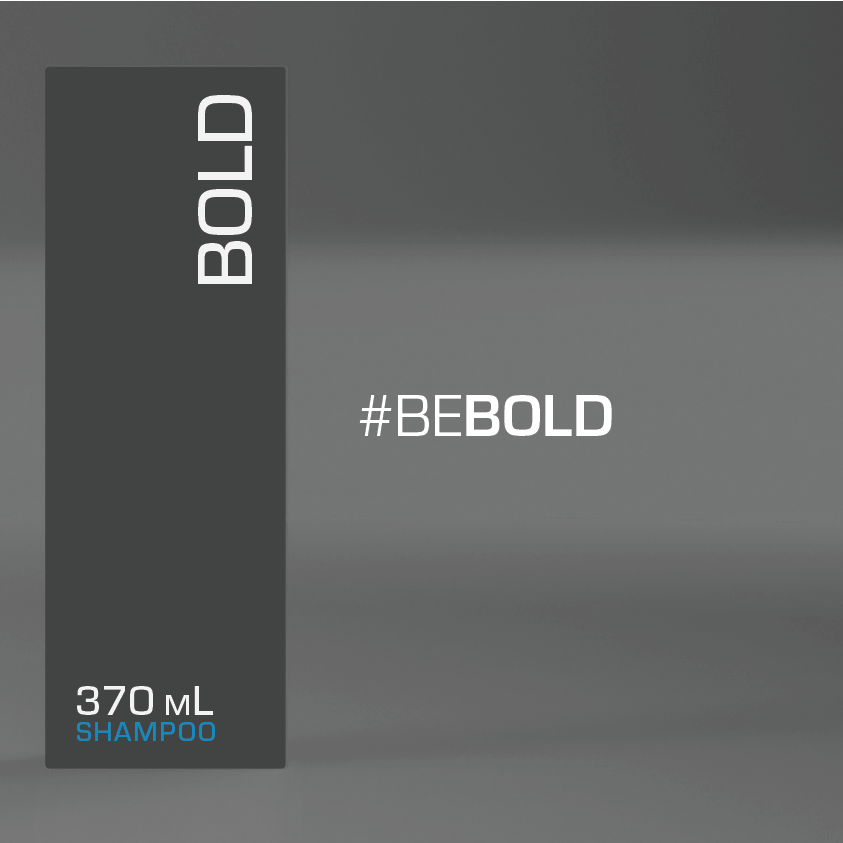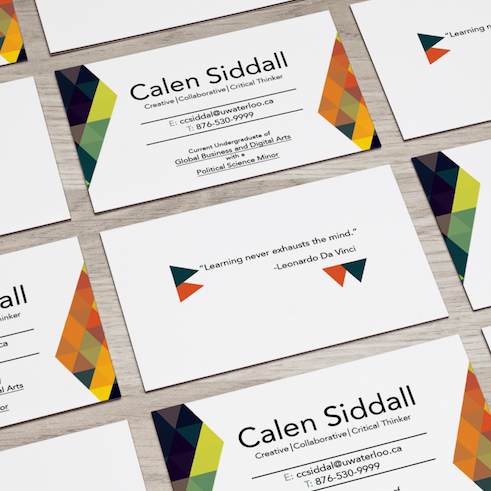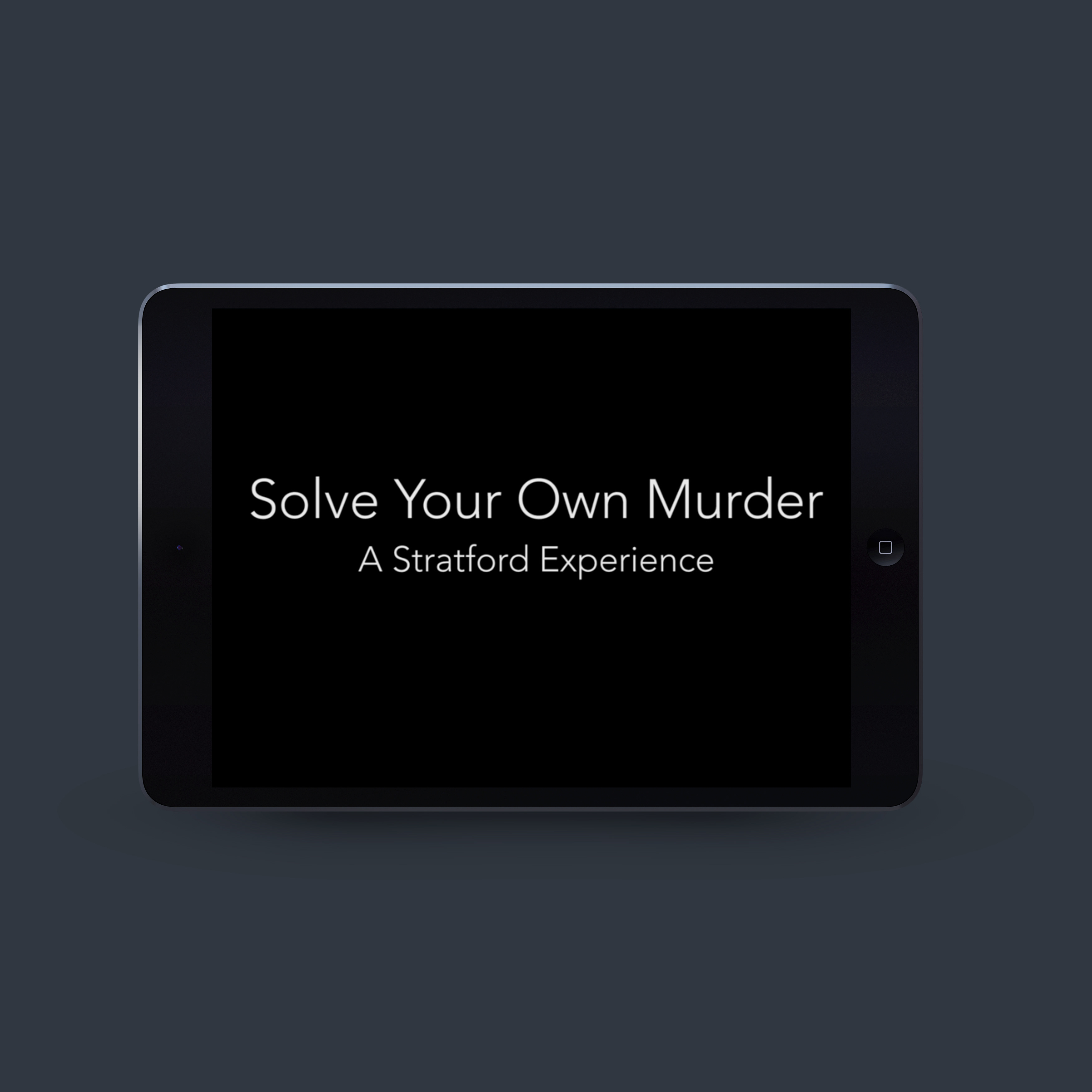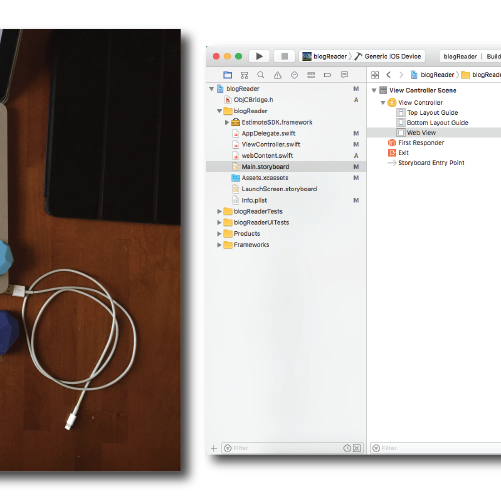The original Redondo design by Elmood
With the overarching goal of utilizing and enhancing our skills in Design Thinking, out team went through three design cycles to fully explore the solution space around the Redondo. The first design cycle involved creating a Provotype, or provocative-prototype, in a fictional future world. This provocative design had to maintain the exterior shell and wheels of the Redondo’s current design.
Design Cycle One: PROflict
"Our vision is to increase innovation, social growth and the desire to learn in order to improve the mental and physical state of the world where all forms of conflict and self-expression are viewed as socially unacceptable. Our mission is to foster conflict to re-establish honest conversation as a social necessity."


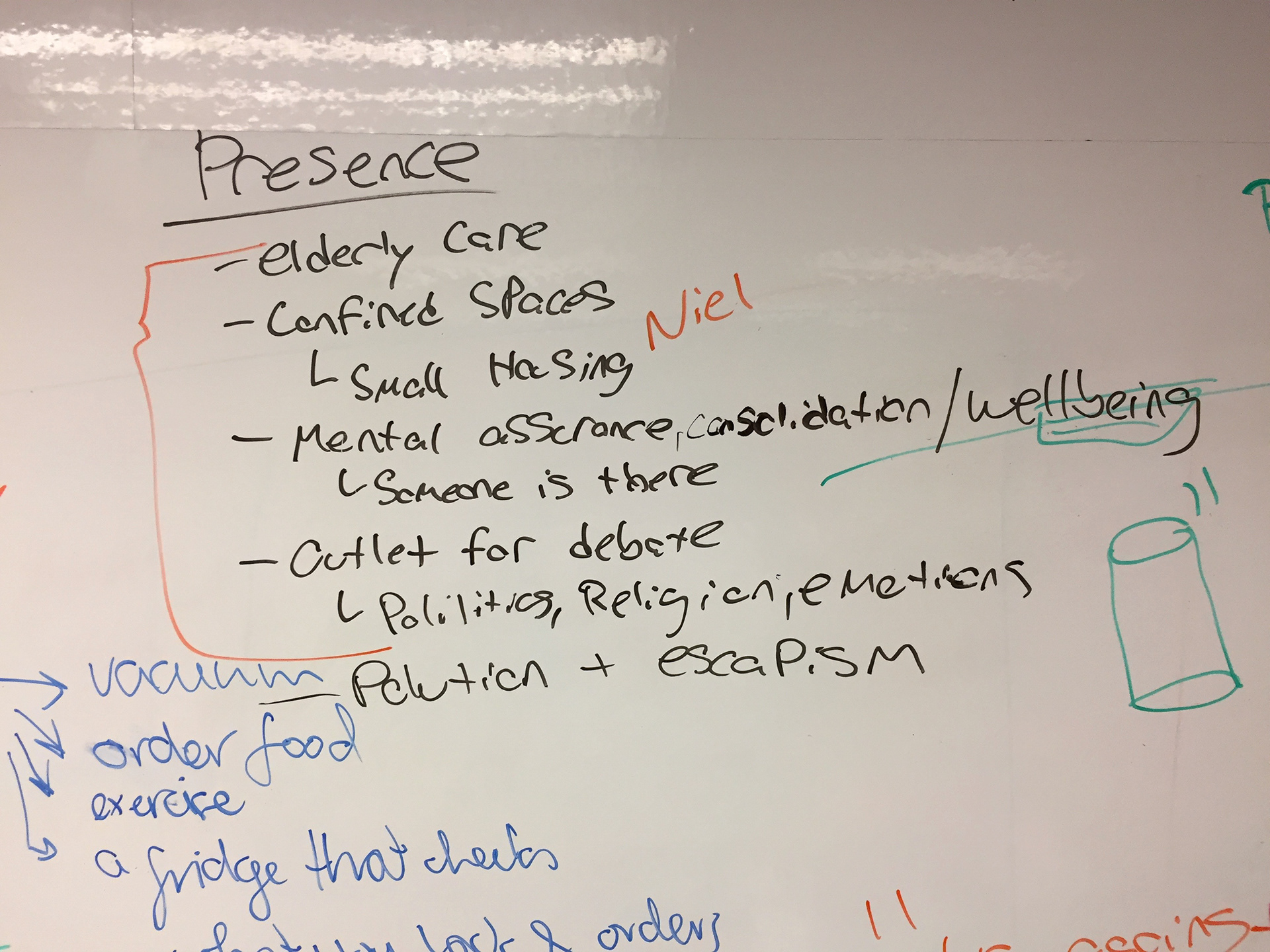

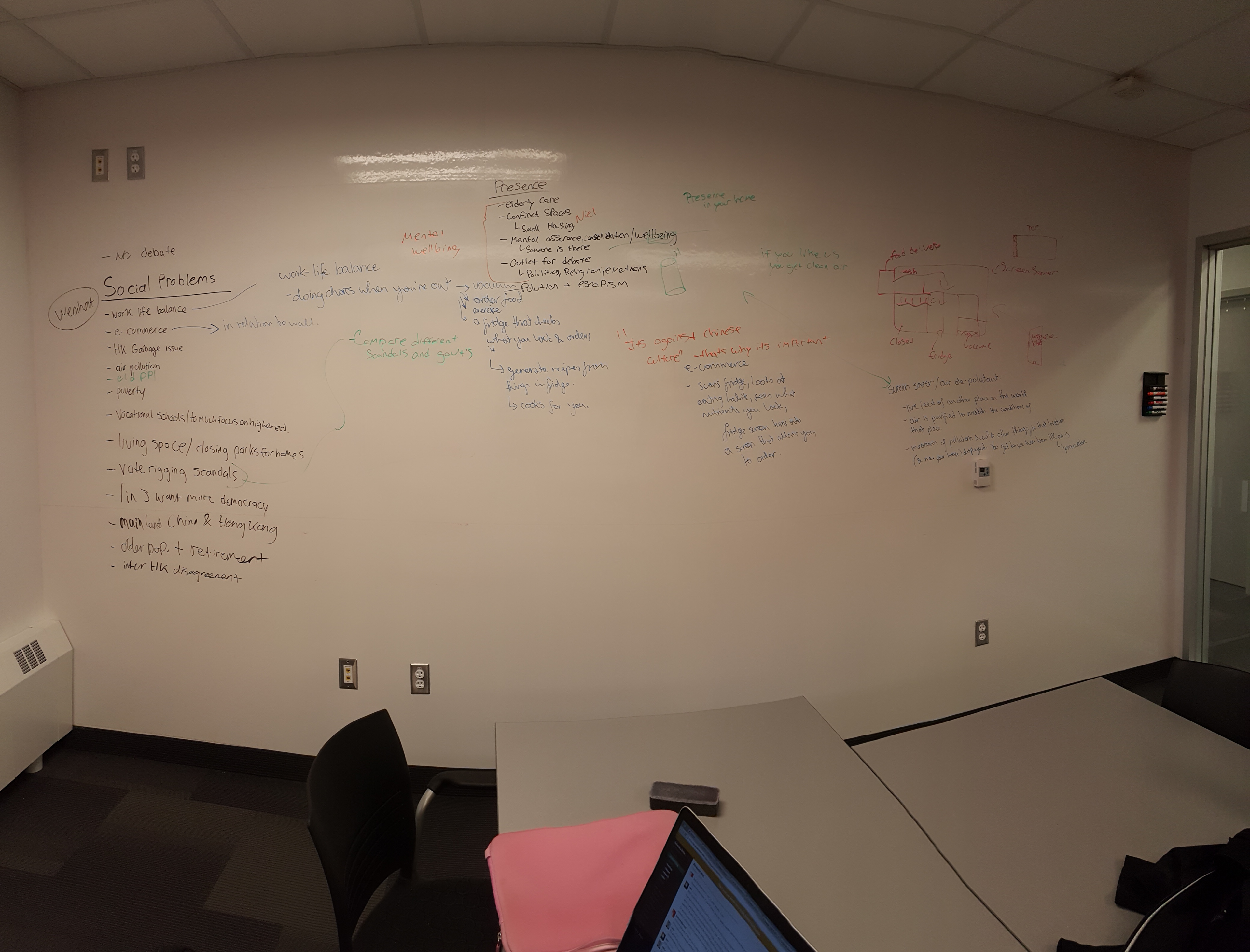


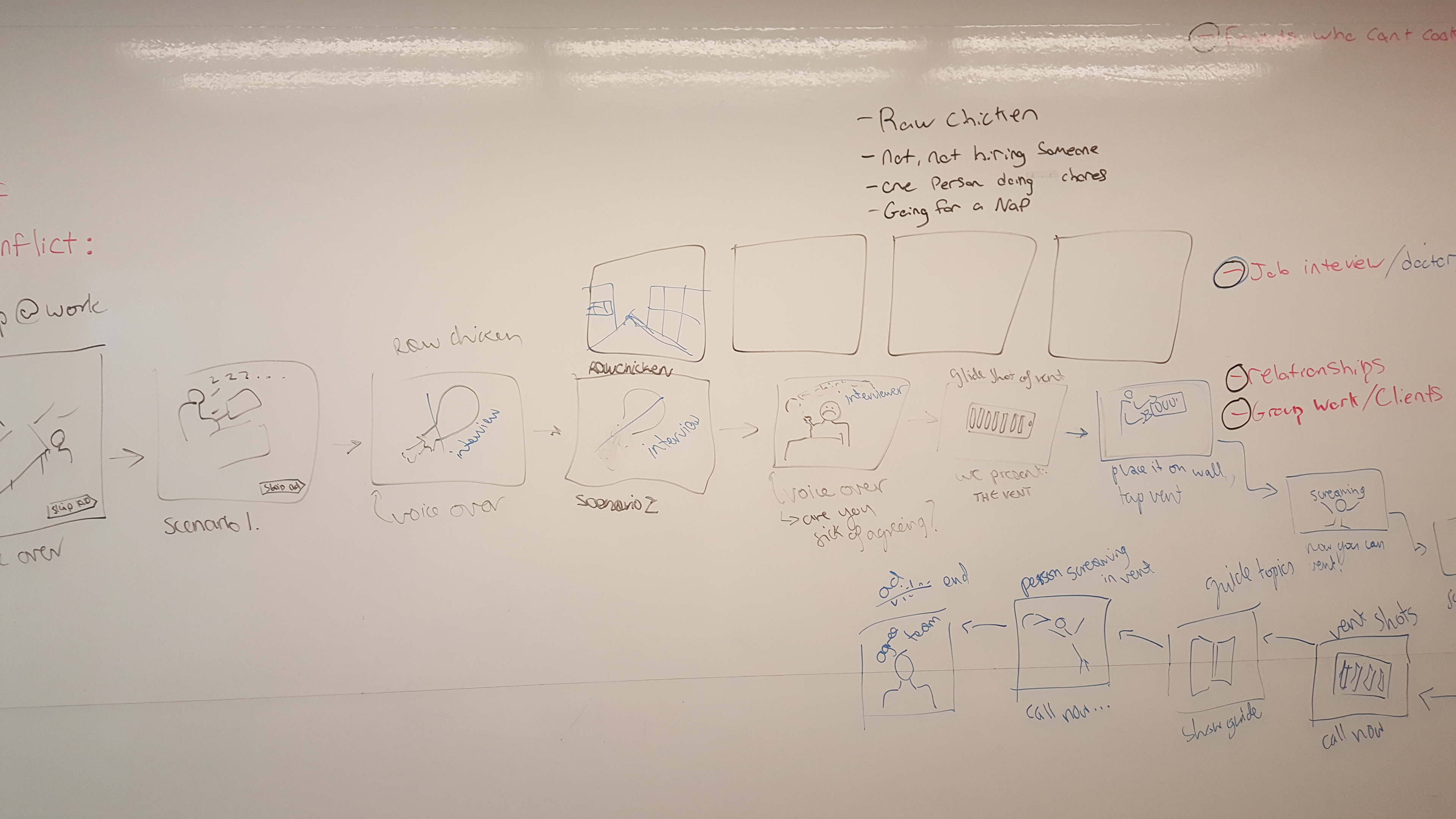
Our process began by exploring a number of existing social and environmental problems existing in Hong Kong today. Such problems included pollution, textile waste and lack of privacy in the home. In what seemed like the end of a fruitless brainstorming session, we eventually got to talking about the Amazon Echo as an interesting product on the market. I jokingly mentioned the idea of an Echo rising from different surfaces of your home when it heard you, and from that our idea was born.
After having trouble conceptualizing our design in real space, I dragged some furniture into our work space and used my water bottle to represent the Redondo and its wheels. This better allowed us to describe our ideas about the design.
Our design sought to transform the idea of conflict from a negative experience into a social necessity. This idea fit into a fictional future where the fear of being offensive was taken to the extreme, and the world was completely void of conflict and disagreement so as not to offend anyone. Our device would sit in people's homes and allow them to discuss, debate and argue without the fear of offending someone they knew. Our research revealed that a lack of debate and conflict in society could actually lead to many negative effects on the human psyche, and that a device such as this could actually be a positive force for people. Throughout this process, I lead the discussion and development of the final product design and the fictional future world.
A look at the final PROflict design. Created by Kasia
Design Cycle Two: EcoPür
The second design cycle focused on creating a Redondo design that existed in the current world and an existing market within Hong Kong. Leaving our fictional future in the past, we began by prototyping the average Hong Kong apartment and physically putting ourselves into the life of a local resident. The goal was to gain insight on how our design could be used in a real space.
This exercise opened us up to the realities of living in such a small space and lead us to examine the concept of creating more space within a defined area. Our team examined a variety of ideas such as creating an intricate stair system to reach the high, inaccessible areas of some apartments, creating privacy pods and creating smart storage spaces. While we liked these ideas, we couldn’t find one design that justified the size of the Redondo in an apartment, catered to a specific market and could benefit from the Internet of Things.
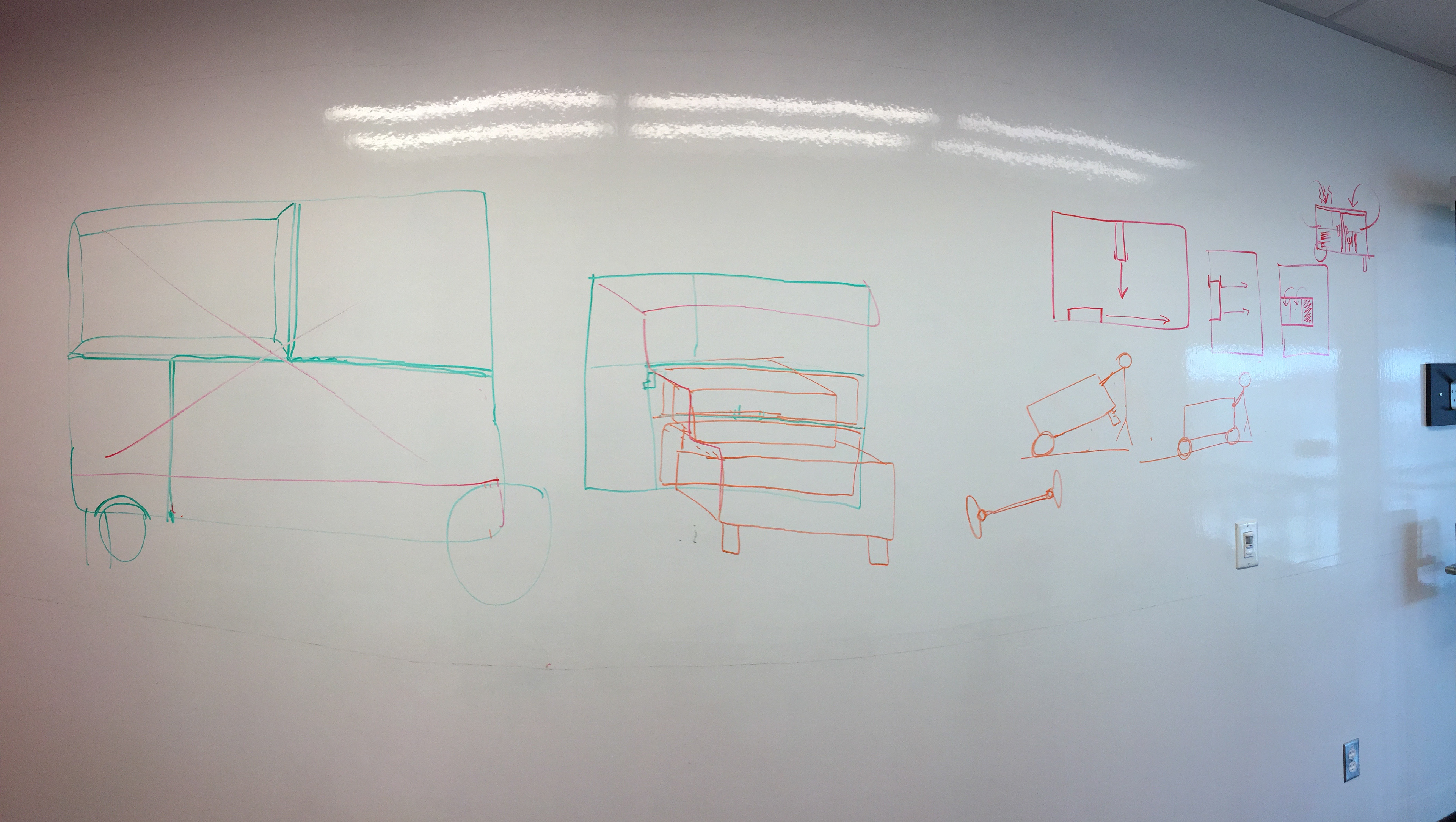

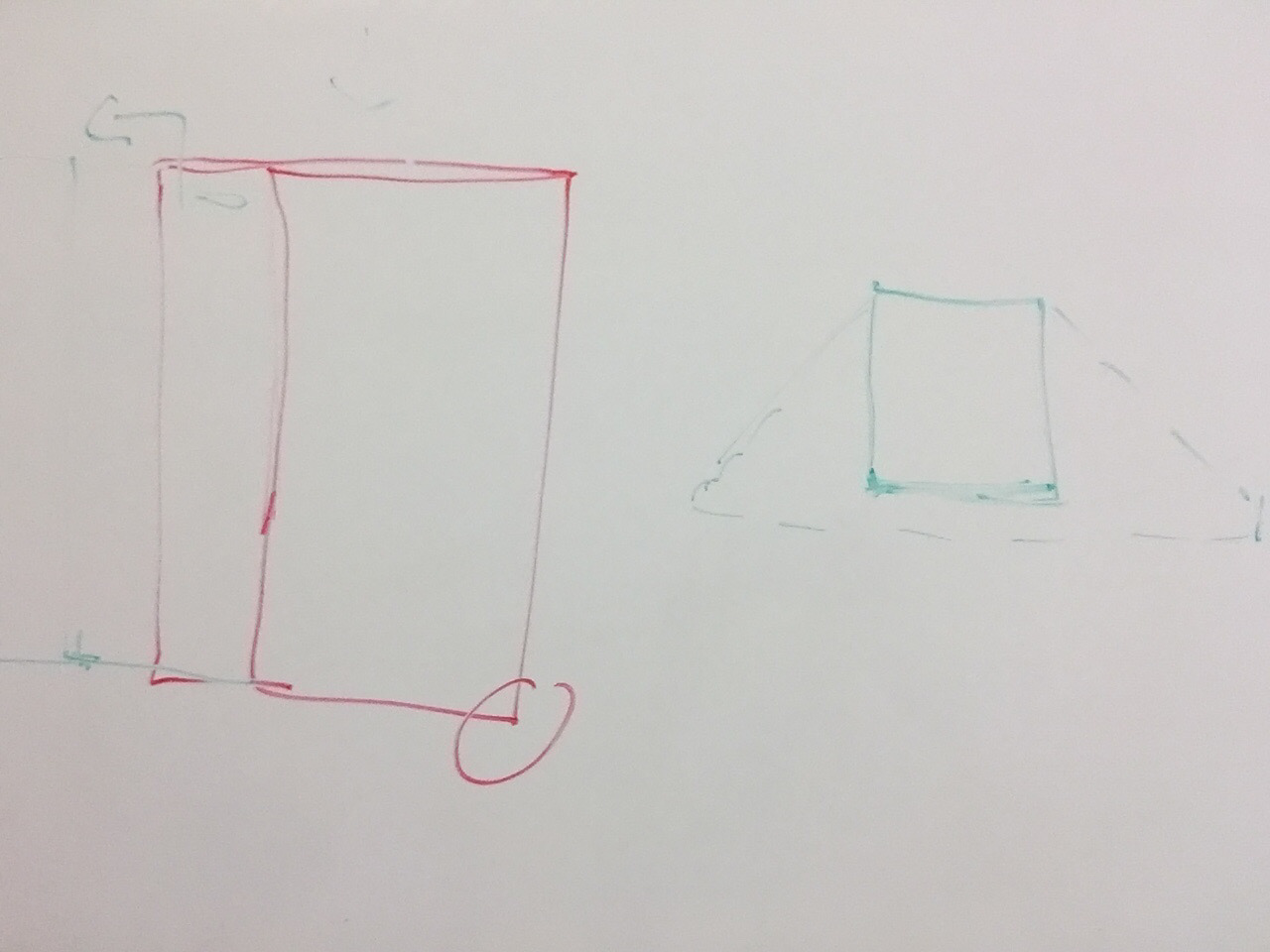
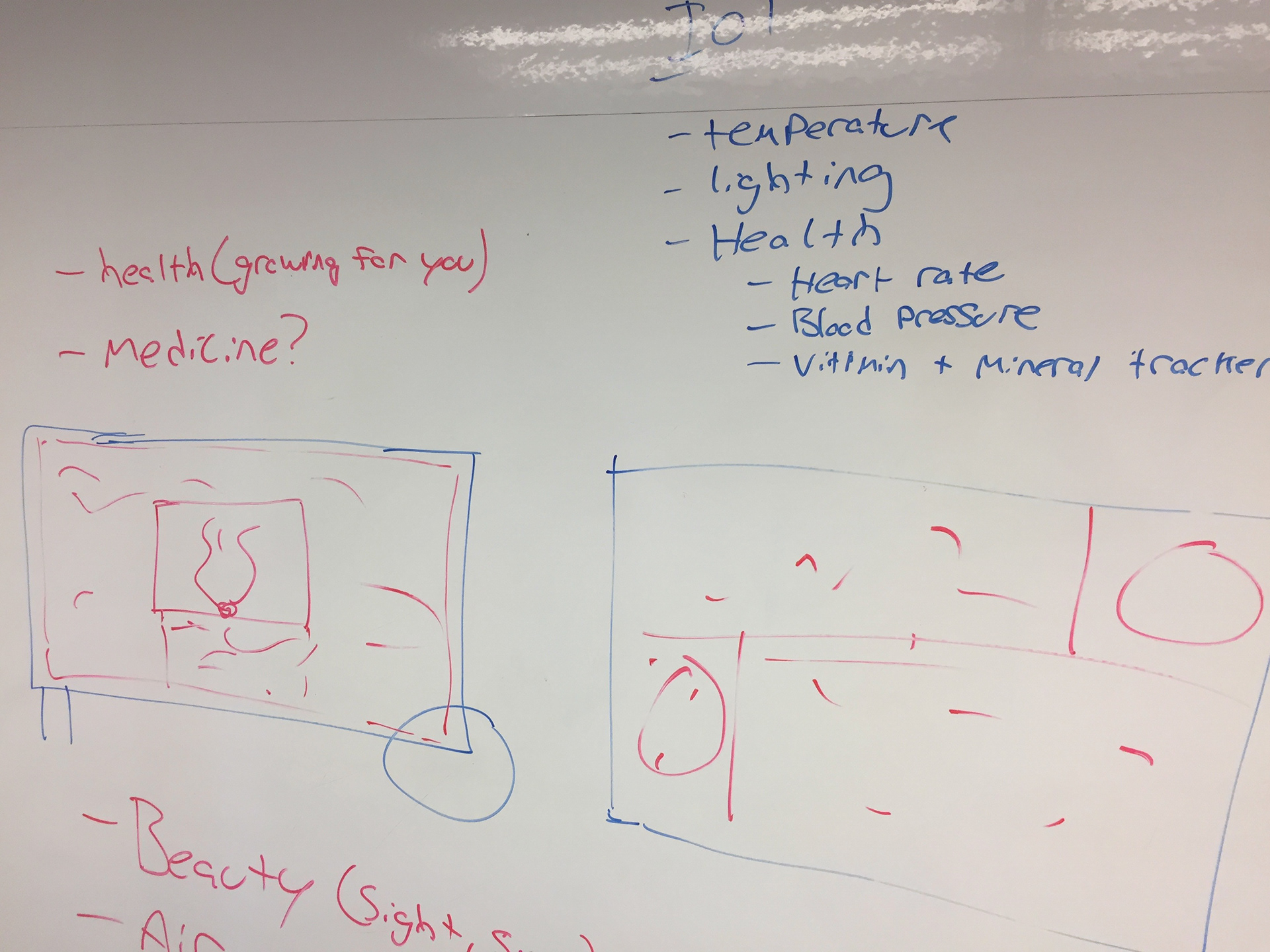



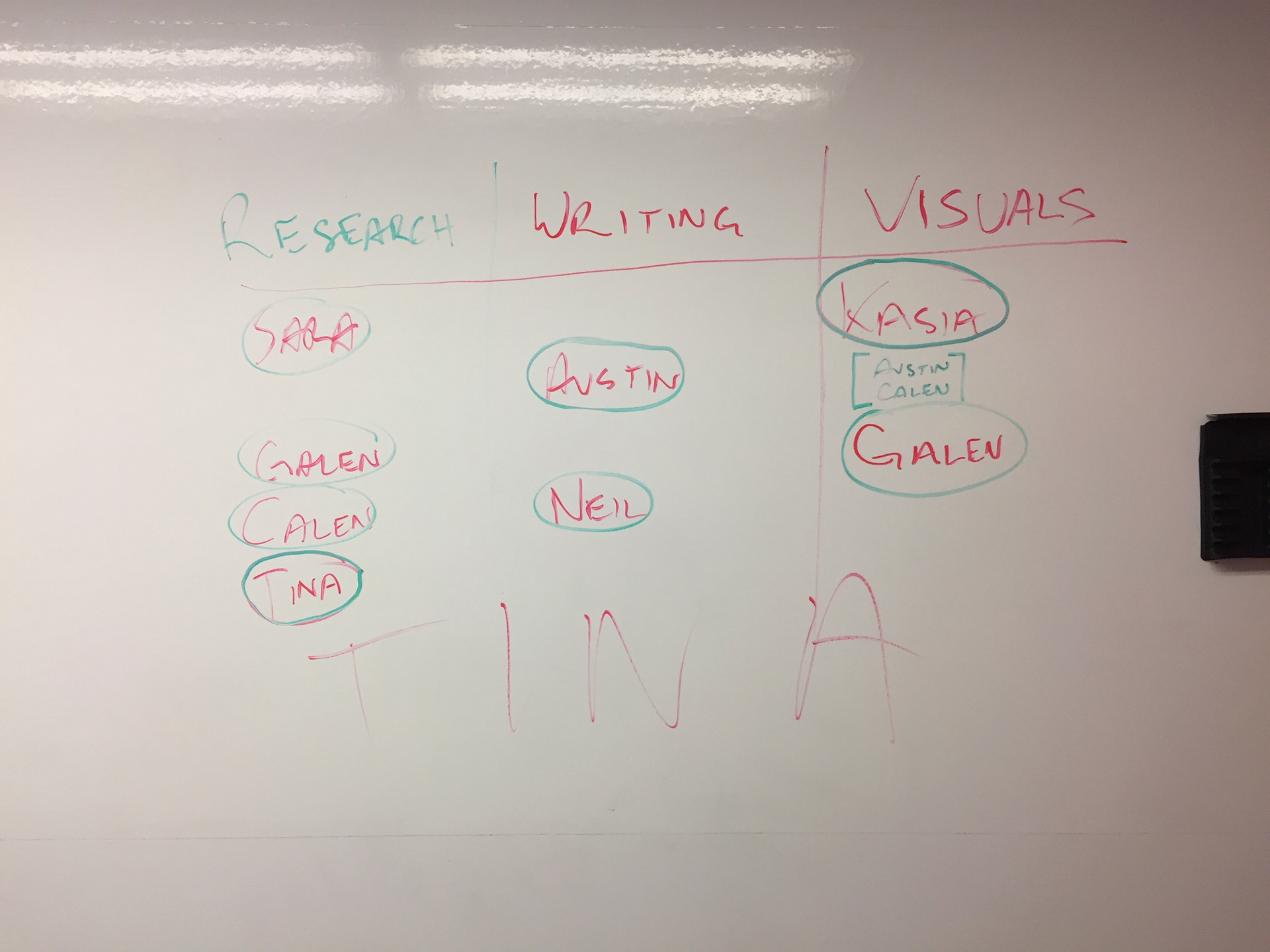
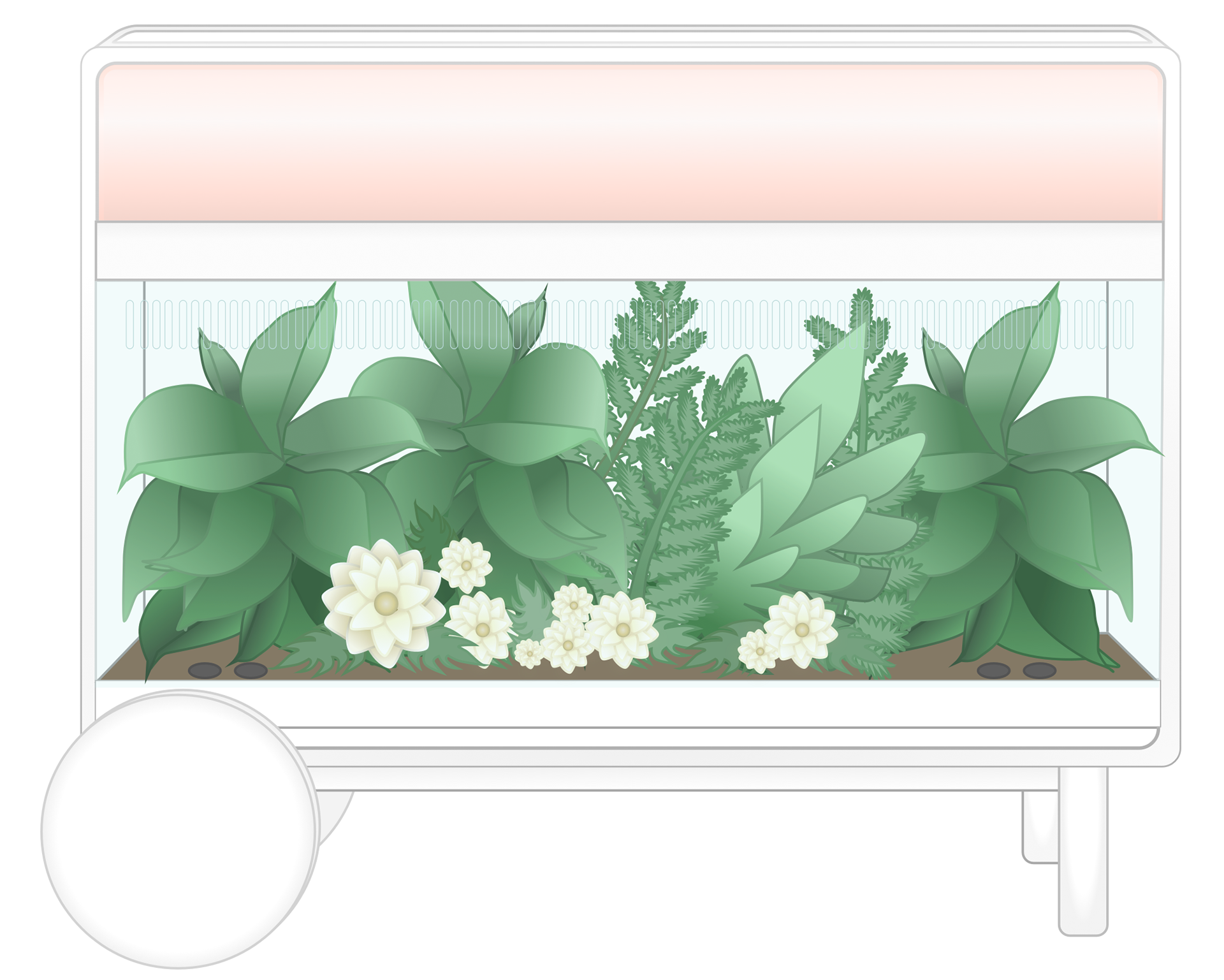
Our discussion of space maximization lead us to the concept of creating purity within a chaotic space. Based on this discussion, I came up with the idea of a living plant wall that could act as a natural air purifier. This start lead the group to expound upon the idea to include features such as water purification, bioluminescence and harnessing the power generated from the plants during photosynthesis to charge devices.
After settling on this idea, I began assessing the market in Hong Kong to find a target consumer. From this I developed not only a market size, but a series of characteristics about our target consumers that I worked to narrow down with the group.
You can read the full market analysis here.
You can read more about my individual contributions in this cycle here.
Logo by Austin Dick
Our final product was called EcoPür, an IoT living wall. This product could learn your schedule to illuminate your house when you arrive, charge devices wirelessly and purify the air. It is mobile within the home, customizable and completely self contained. You can view the final design by Kasia for the EcoPür below.
A look at the final PROflict design. Created by Kasia.
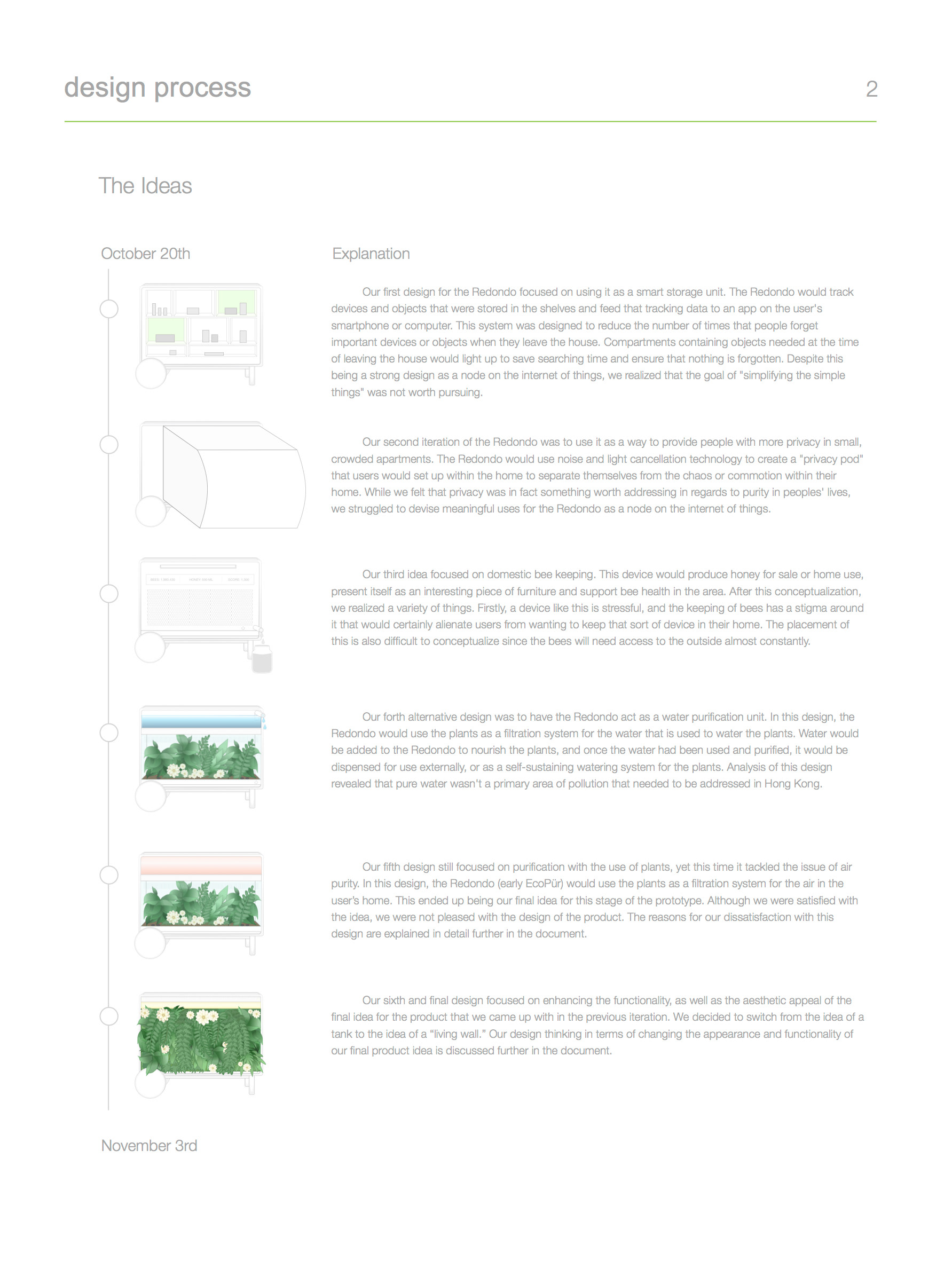

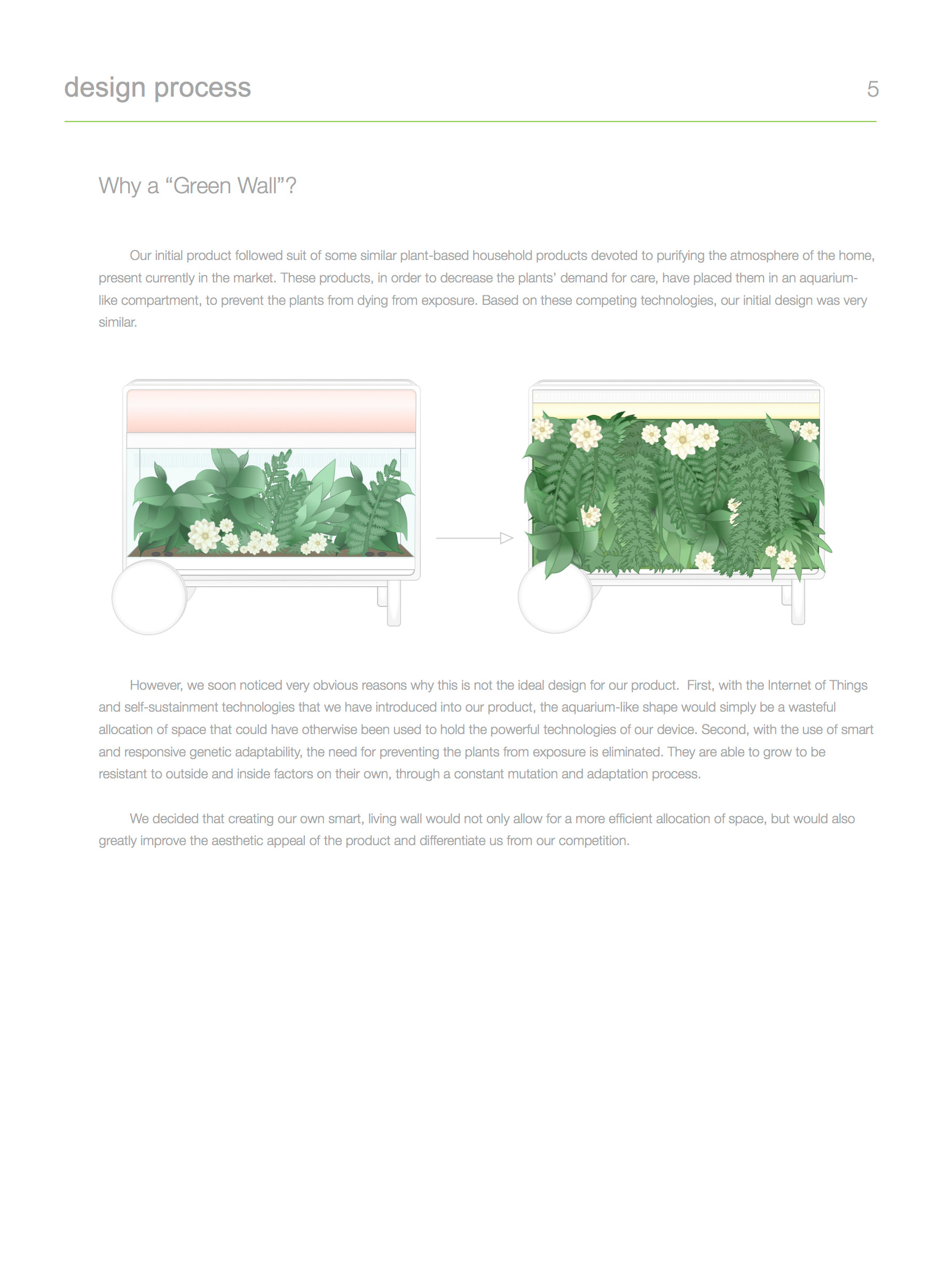
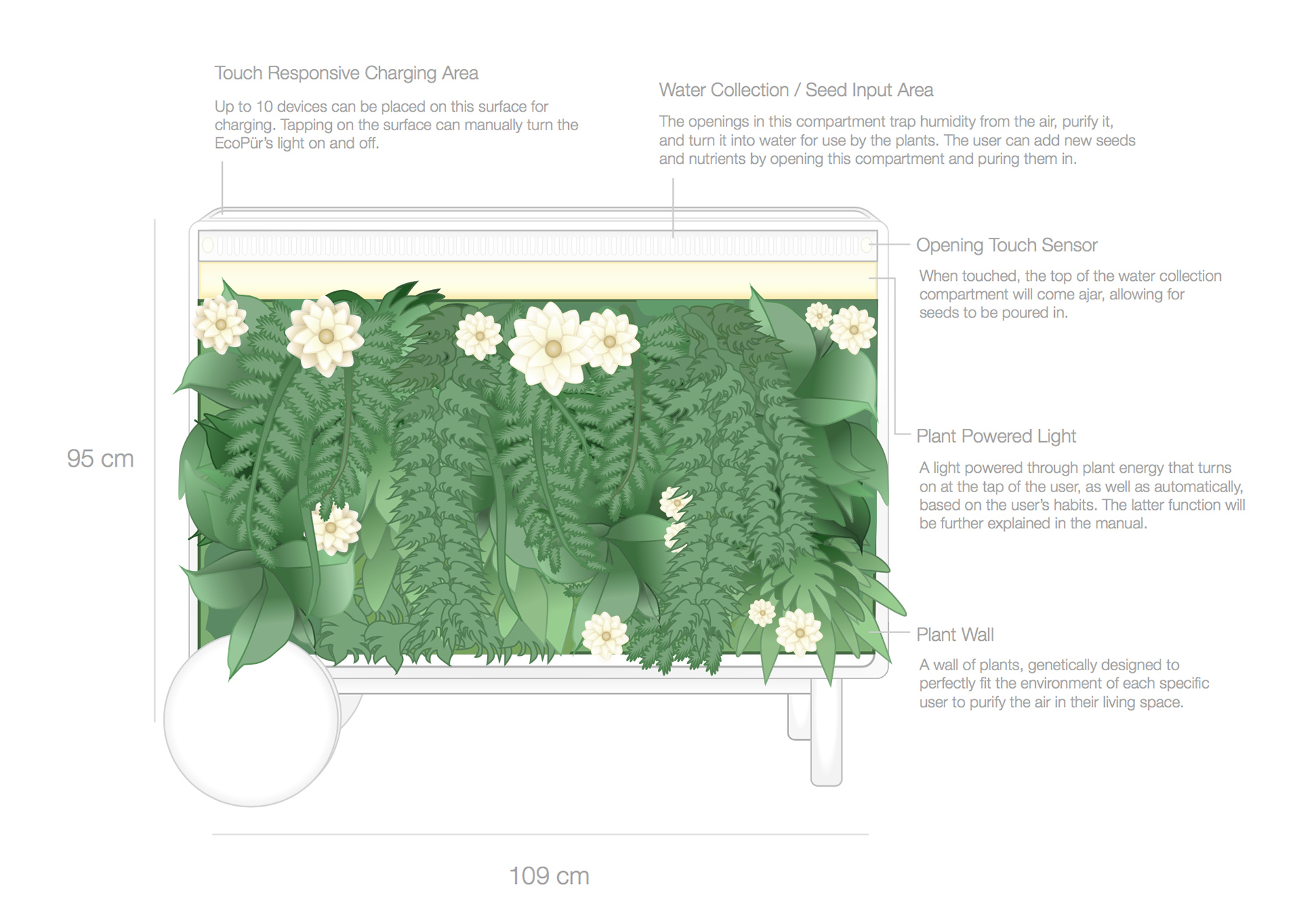
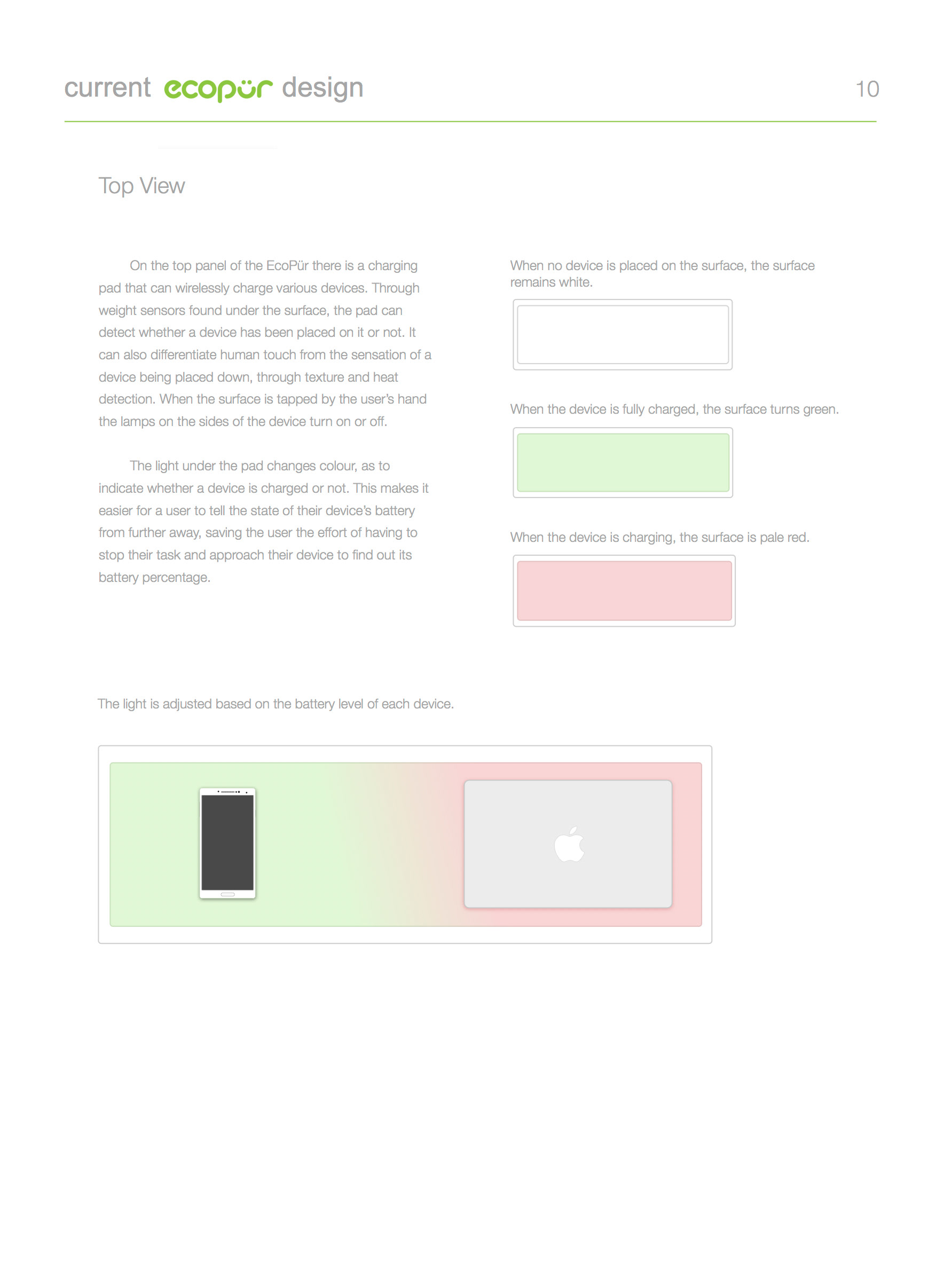

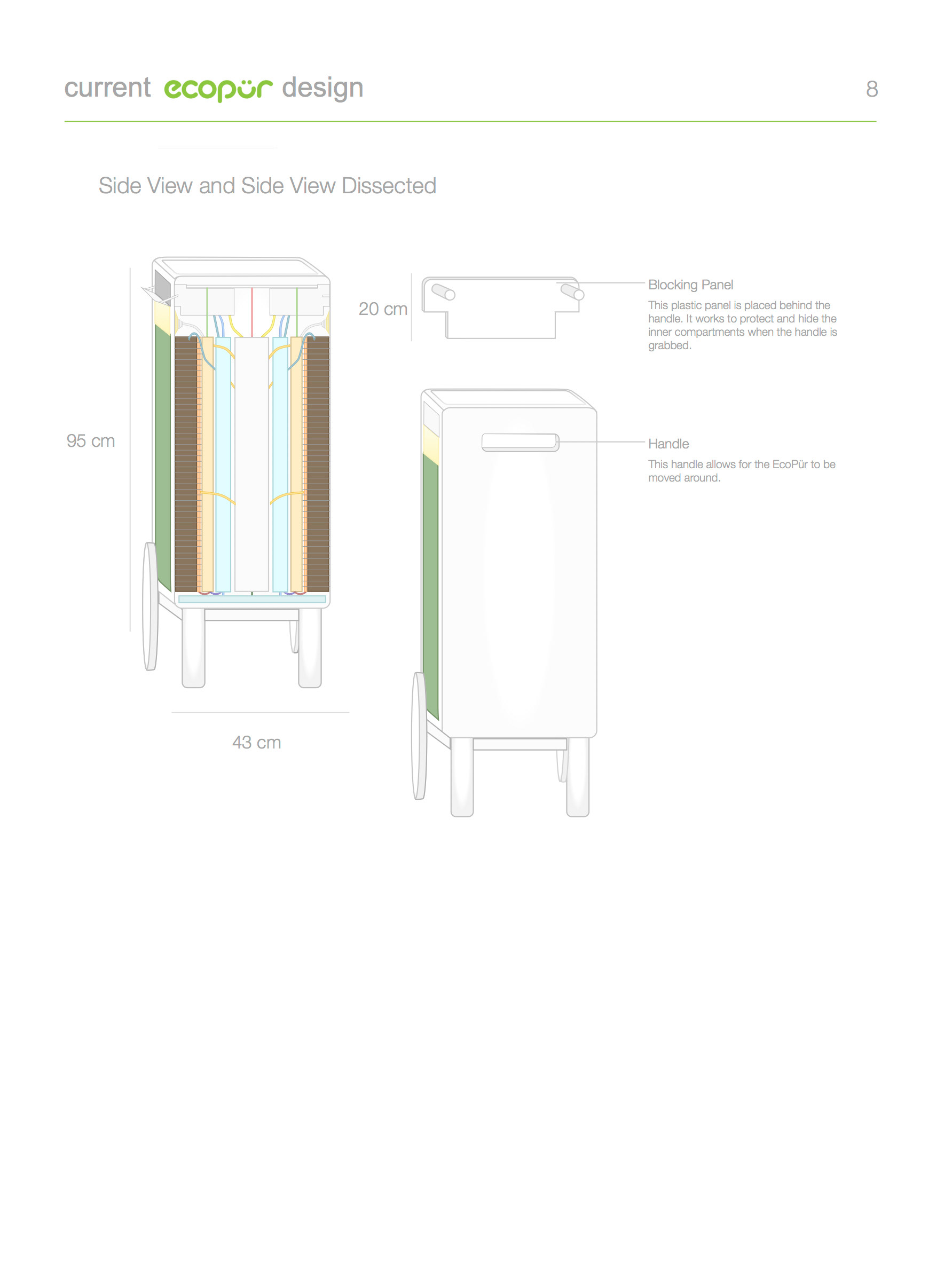
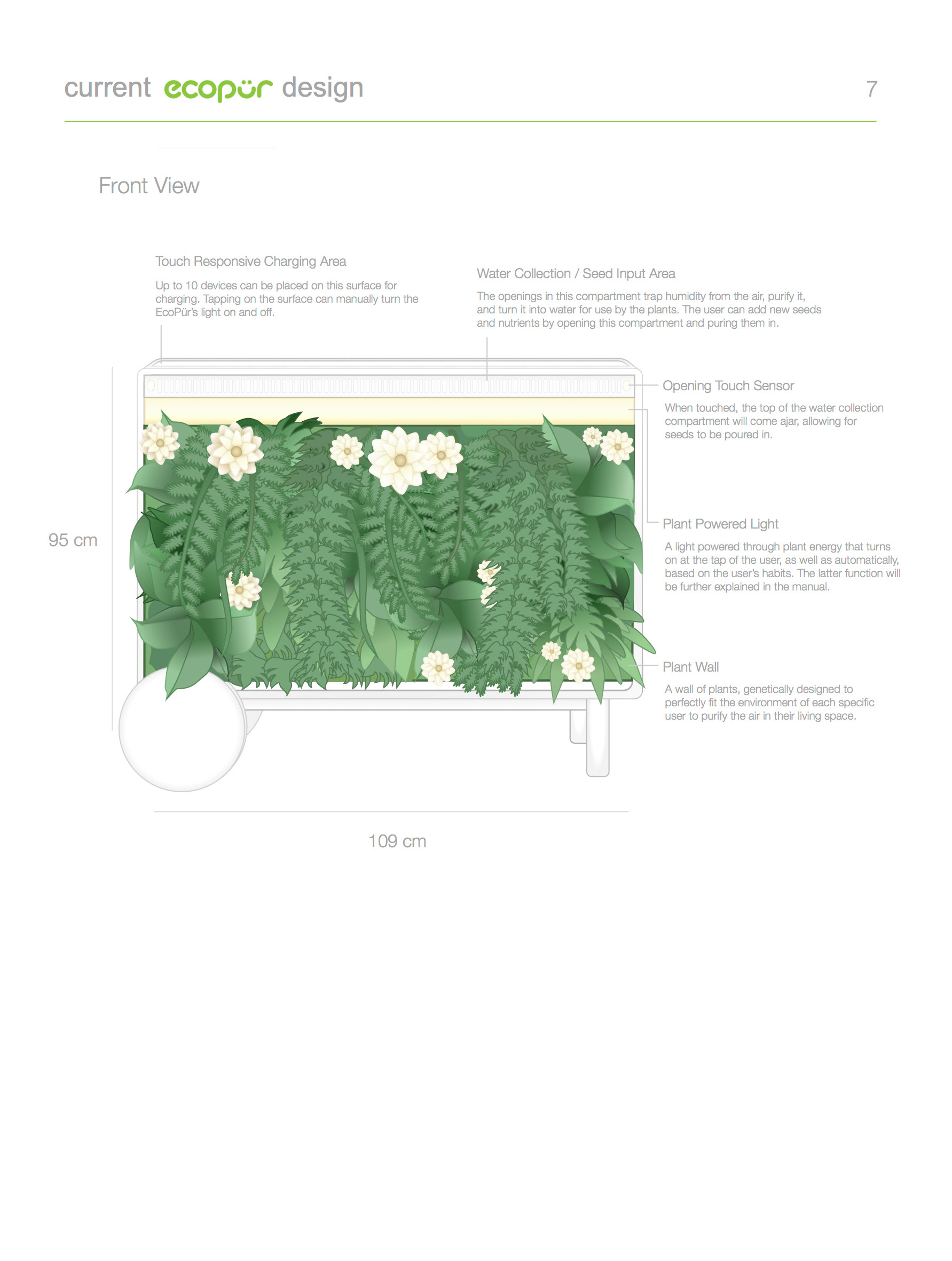
Design Cycle Three: Alvarium
Our final design cycle required us to consolidate what we had learned from the previous cycles (things like social issues, living space constraints and markets) to create a final design for the client. Our final design had to incorporate the Internet of Things, be constructible within Elmood’s existing manufacturing facility, be marketable to an existing market and maintain the outer shell and wheel from the original design.
During the previous cycle, our team discovered the emerging trend of urban beekeeping in Hong Kong, and toyed with the idea of transforming the Redondo into a beekeeping accessory. While we passed on the concept originally, we felt it still had potential and warranted a revisit. To our surprise we found that urban beekeeping was a growing trend in Hong Kong, and had a large yet untapped market. Having validated our idea in the market, we decided to set forth to transform the Redondo into an urban apiary.
To ensure our product was feasible, I sourced the products required to construct the apiary from local suppliers and created a financial analysis sheet to assess the cost of goods sold for the additions to the original design (you can view the financial analysis as an Excel document here). While iterations were being made based on feasibility, the designs were also being user tested and a 3D model was crafted to reflect the changes. The final result was Alvarium, a modern urban apiary.
Logo by Austin Dick
Shows an overview of Alvarium's design. Model and animation by Austin Dick.
Alvarium is a completely self contained apiary that can be placed on any rooftop, in any garden or even in more remote hiking areas. The system comes with a series of sensors that help to monitor bee health, activity and honey production. This data is synced to a mobile application so the owner can track their direct impact on the bee population (one under serious threat around the world). The product is perfect for nature lovers, environmentalists and people who love natural products such as honey.
Shows the entrance for bees and how it can be sealed temporarily for when the user retrieves the honey. Model and animation by Austin Dick.
Demonstrates the flow path for the honey when it is being harvested. Model and animation by Austin Dick.
Demonstrates how the honey can be harvested without traditional beekeeping methods. Licensed technology from these inventors. Model and animation by Austin Dick.
